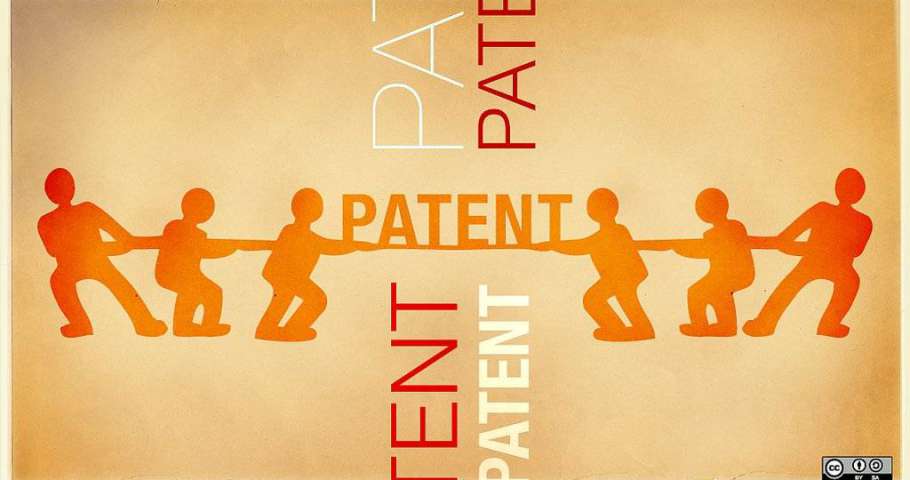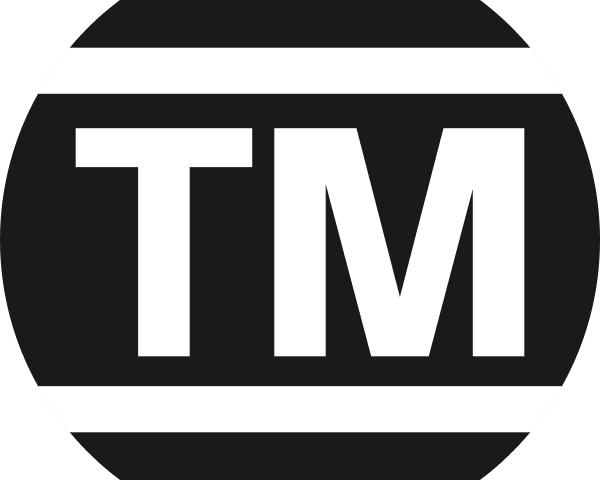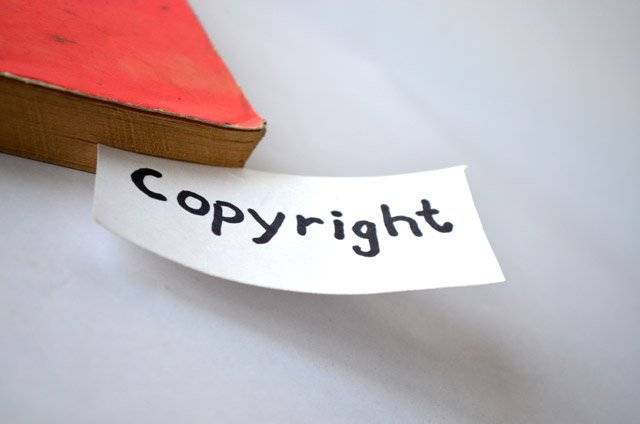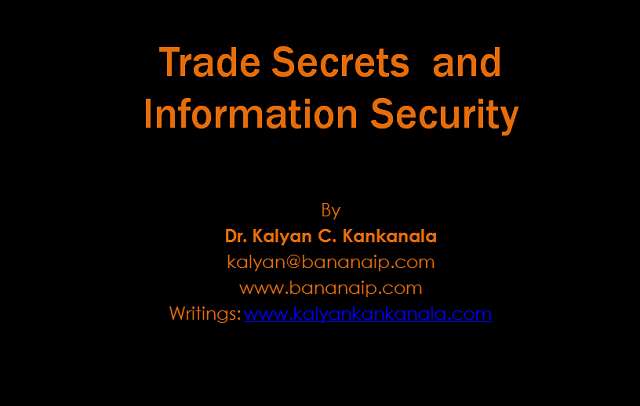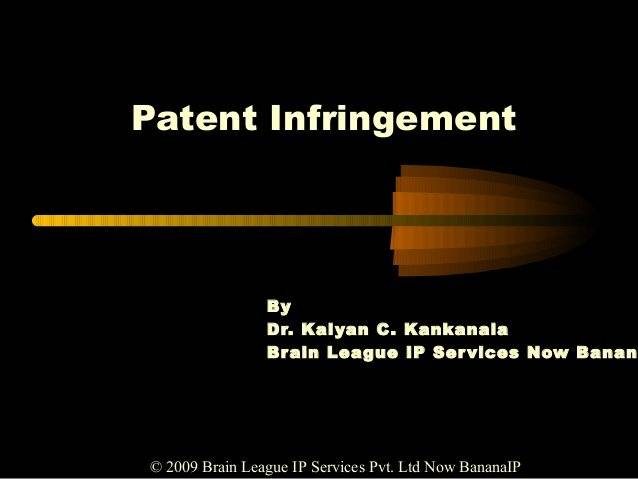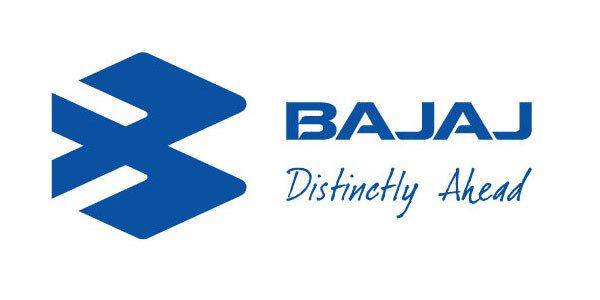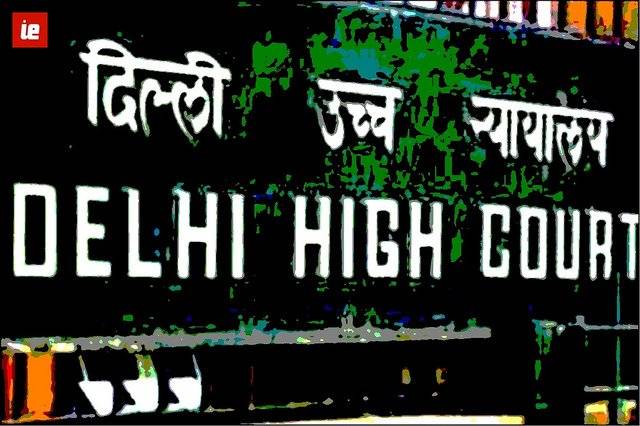First Publication Date: 3rd January 2010
A patent was granted to Valasumani Lathe Works (“VLW”) for an invention titled "IMPROVED THRESHING AND SEPARATING MACHINE". The applicant in the case, Manivannan trading as Kumar Industries, filed an application for revocation of the patent before the Appellate Board. The applicant contended that VLW’s invention was not patentable in the light of the applicant’s patent application relating to a machine for threshing of corn, which was abandoned and the machines of the applicant,…
